Reportar esta entrada
Más sobre la misma comunidad-colección
Vista de San Jacinto Plaza - El Paso, Tejas
The bandstand at one time was closer to the Main Street side of ...
Jake Erlich - Tallest Man In The World
Many of us know of Erlich as the “world’s tallest man,” as ...
Downtown Store on El Paso Street - 1897
Unknown store on El Paso Street in Downtown El Paso. Date ...
Primer Fabrica de Tejedor Scope - El Paso, Tejas
The W. R. Weaver Company made rifle scopes in El Paso from. ...
Fabrica de Tejedor Scope en 7125 Avenida Industrial
The W.R. Weaver Company manufactured rifle scopes from ...
Aerial View of the Weaver Scope Factory.
The W.R. Weaver Company produced rifle scopes in El Paso from ...
Rio Grande entre El Paso y Ciudad Juarez
This postcard shows the Rio Grande between El Paso and Ciudad ...
The Golden State Limited and the Union Station
The postcard shows the train station of the Southern Pacific ...

















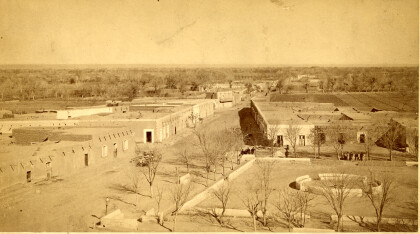
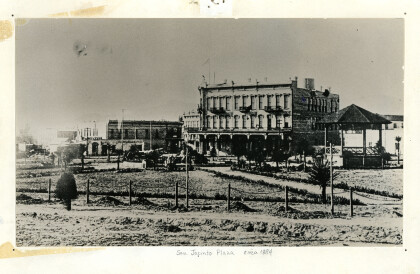
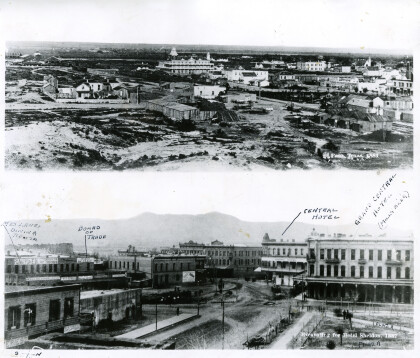
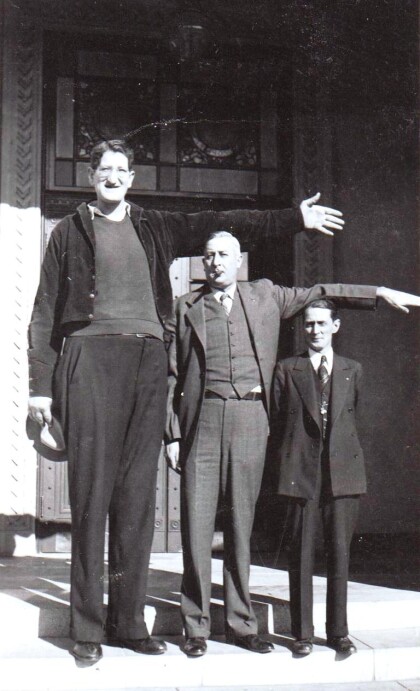
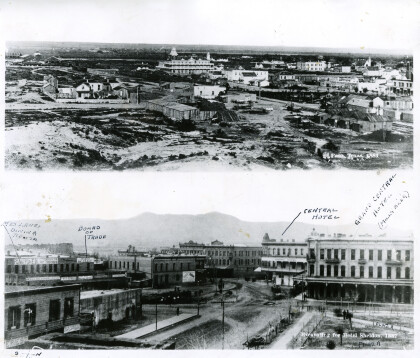
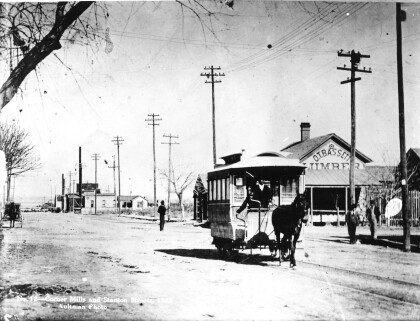
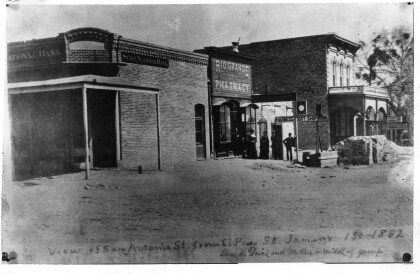
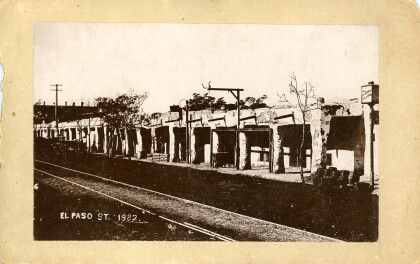
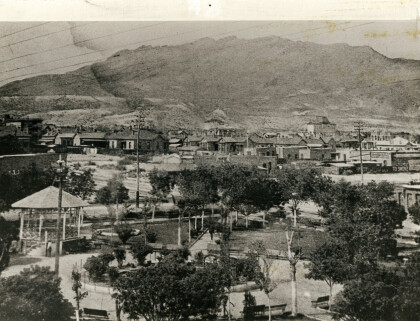
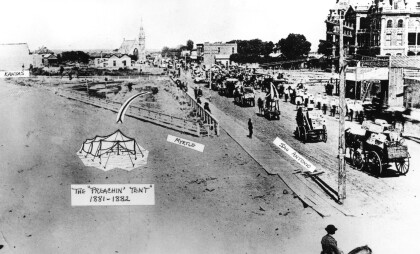
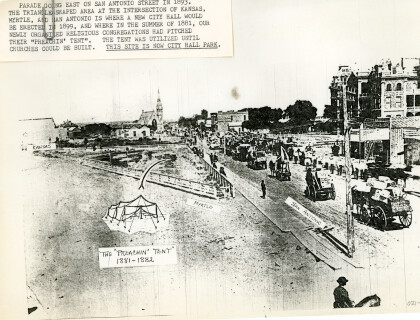
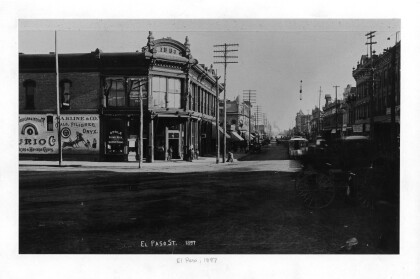
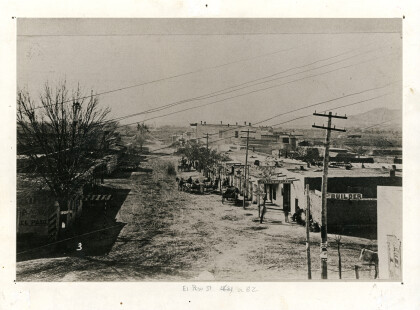
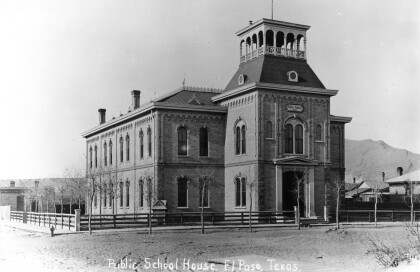
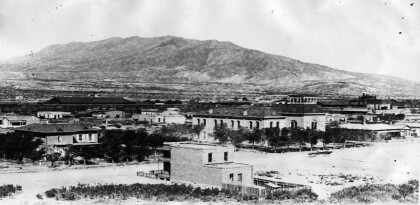
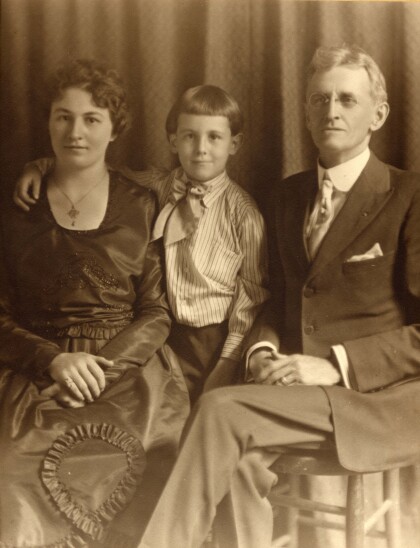
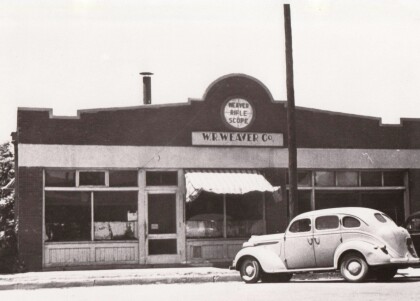
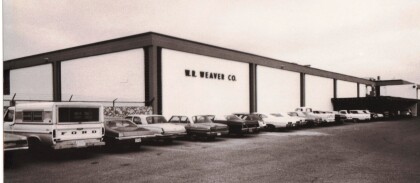
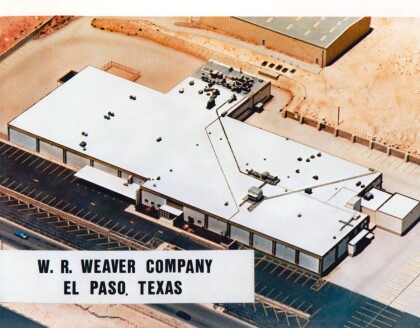
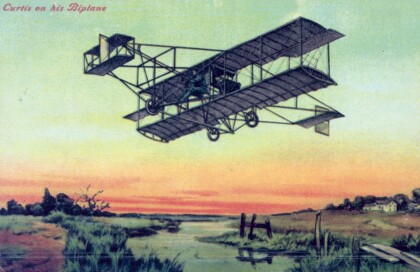
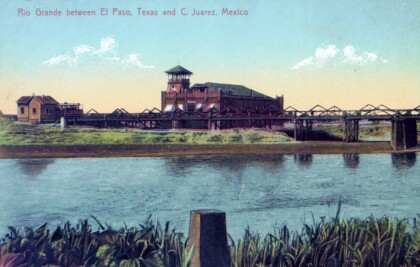
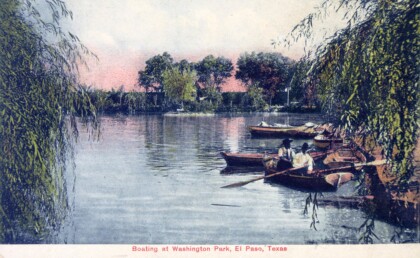
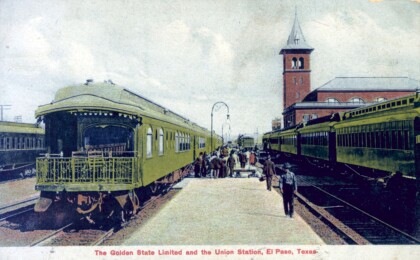
Comentarios
Hacer un comentario